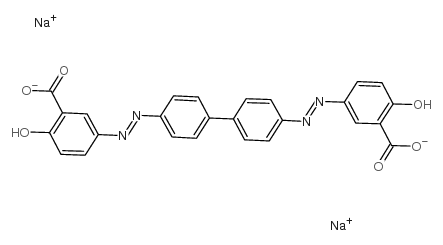In vitro drug treatments reduce the deleterious effects of aggregates containing polyAla expanded PHOX2B proteins
Eleonora Di Zanni, Tiziana Bachetti, Sara Parodi, Paola Bocca, Ignazia Prigione, Simona Di Lascio, Diego Fornasari, Roberto Ravazzolo, Isabella Ceccherini
Index: Neurobiol. Dis. 45 , 508-18, (2012)
Full Text: HTML
Abstract
Heterozygous in frame duplications of the PHOX2B gene, leading to polyalanine (polyAla) expansions ranging from +5 to +13 residues of a 20-alanine stretch, have been identified in the vast majority of patients affected with Congenital Central Hypoventilation Syndrome (CCHS), a rare neurocristopathy characterized by absence of adequate autonomic control of respiration with decreased sensitivity to hypoxia and hypercapnia. Ventilatory supports such as tracheostomy, nasal mask or diaphragm pacing represent the only options available for affected. We have already shown that the severity of the CCHS phenotype correlates with the length of polyAla expansions, ultimately leading to formation of toxic intracytoplasmic aggregates and impaired PHOX2B mediated transactivation of target gene promoters, such as DBH. At present, there is no specific treatment to reduce cell aggregates and to ameliorate patients' respiration. In this work, we have undertaken in vitro analyses aimed at assessing the effects of molecules on the cellular response to polyAla PHOX2B aggregates. In particular, we tested 17-AAG, ibuprofen, 4-PBA, curcumin, trehalose, congo red and chrysamine G for their ability to i) recover the nuclear localisation of polyAla expanded PHOX2B, ii) rescue of PHOX2B mediated transactivation of the DBH promoter, and iii) clearance of PHOX2B (+13 Ala) aggregates. Our data have suggested that 17-AAG and curcumin are effective in vitro in both rescuing the nuclear localization and transactivation activity of PHOX2B carrying the largest expansion of polyAla and promoting the clearance of aggregates of these mutant proteins inducing molecular mechanisms such as ubiquitin–proteasome (UPS), autophagy and heat shock protein (HSP) systems.
Related Compounds
| Structure | Name/CAS No. | Molecular Formula | Articles |
|---|---|---|---|
 |
CHRYSAMINE G
CAS:6472-91-9 |
C26H16N4Na2O6 |
|
Imaging Abeta plaques in living transgenic mice with multiph...
2002-09-01 [J. Neuropathol. Exp. Neurol. 61 , 797-805, (2002)] |
|
Amyloid binding ligands as Alzheimer's disease therapies.
2002-01-01 [Neurobiol. Aging 23 , 1039-1042, (2002)] |
|
Chrysamine G and its derivative reduce amyloid beta-induced ...
2002-11-15 [Neurosci. Lett. 333 , 5-8, (2002)] |
|
99mTc-MAMA-chrysamine G, a probe for beta-amyloid protein of...
1999-11-01 [Eur. J. Nucl. Med. 26(11) , 1392-9, (1999)] |
|
Inhibition of polyglutamine aggregation in R6/2 HD brain sli...
2001-12-01 [Neurobiol. Dis. 8(6) , 1017-26, (2001)] |